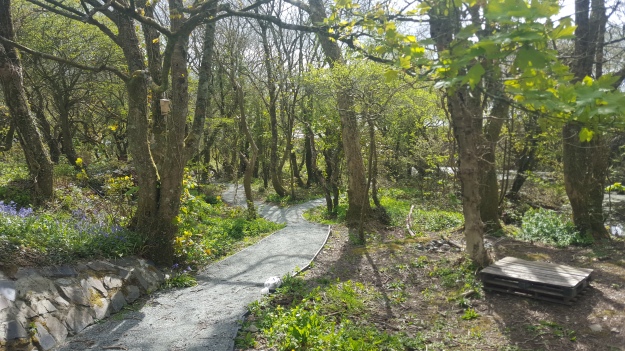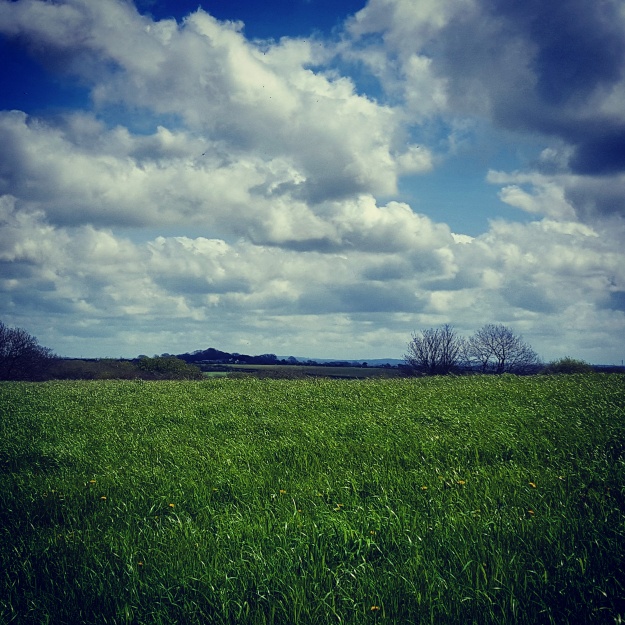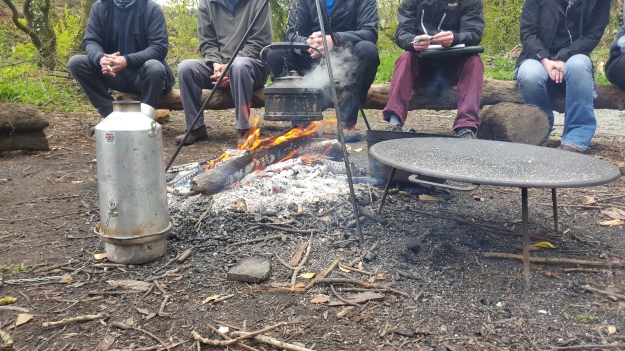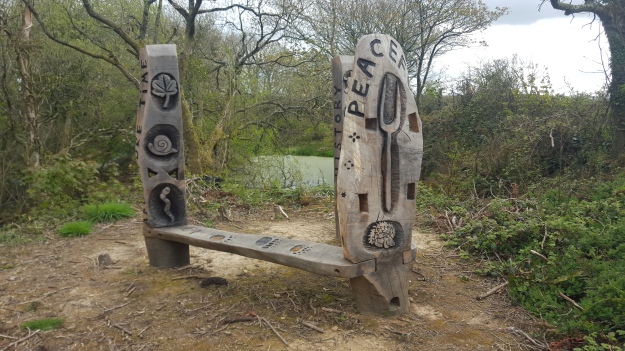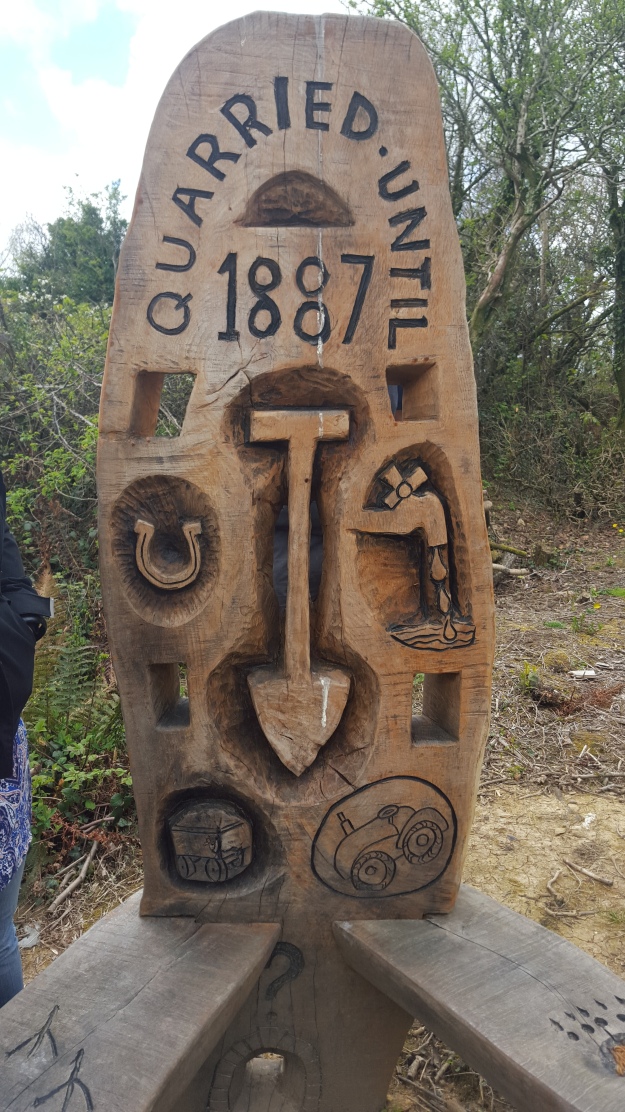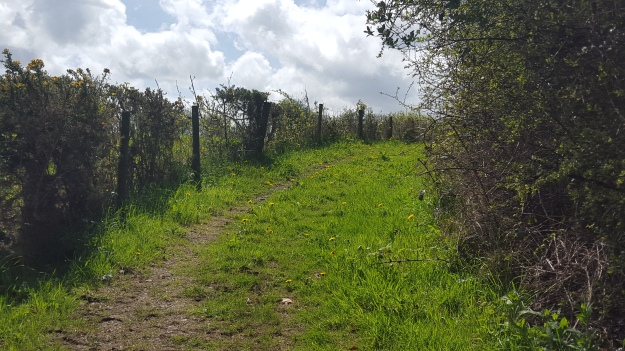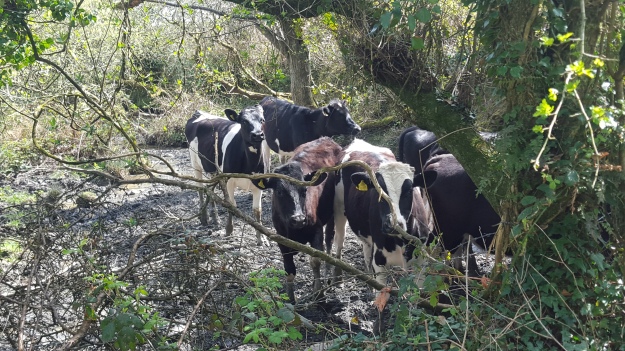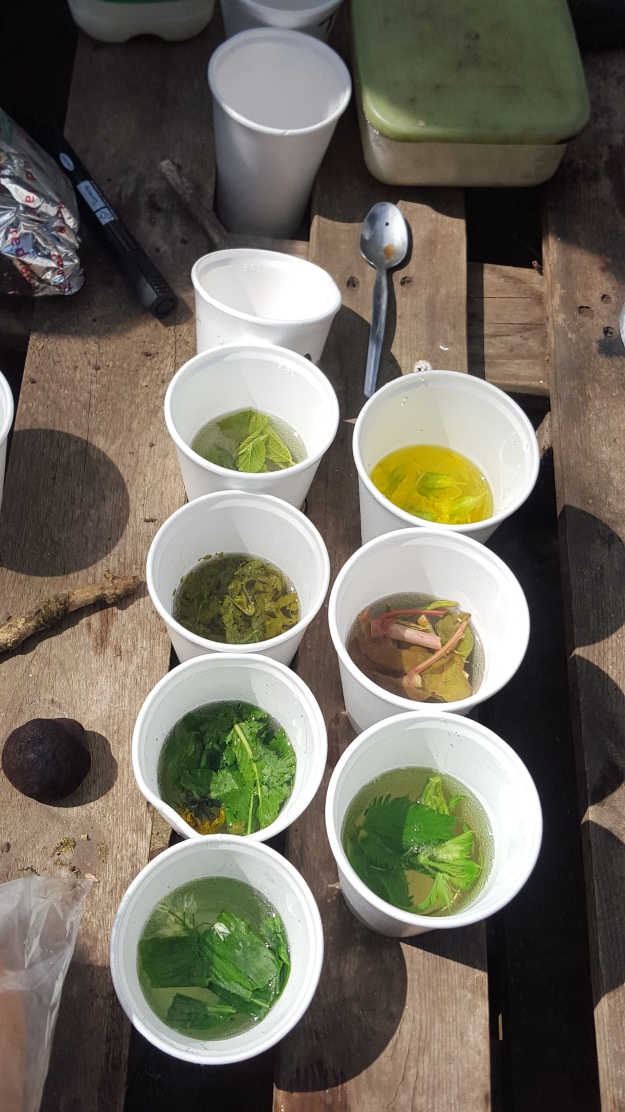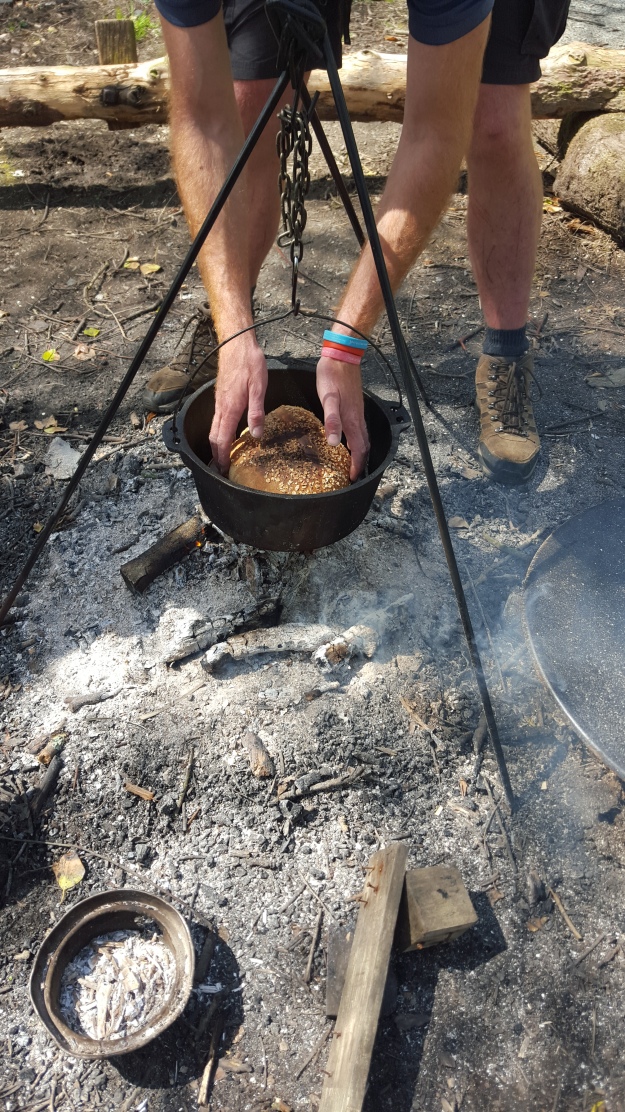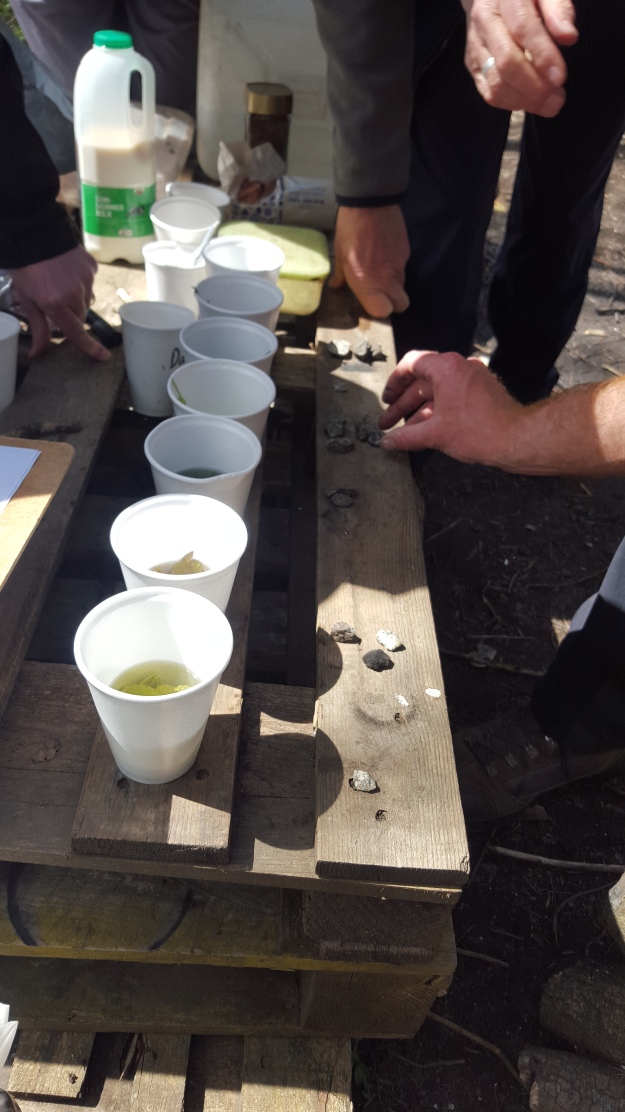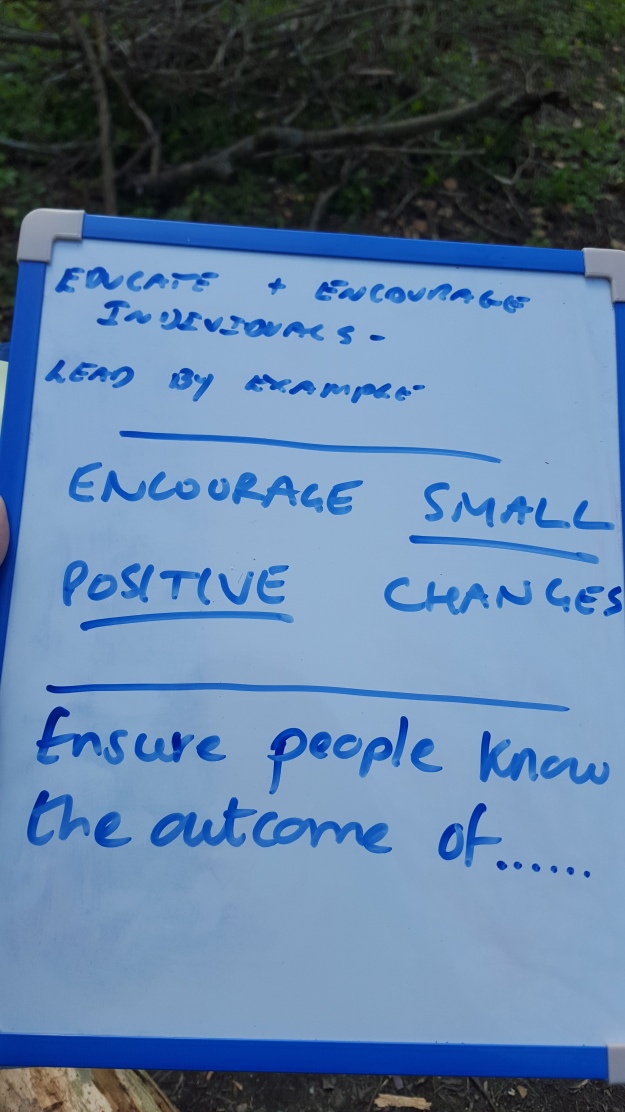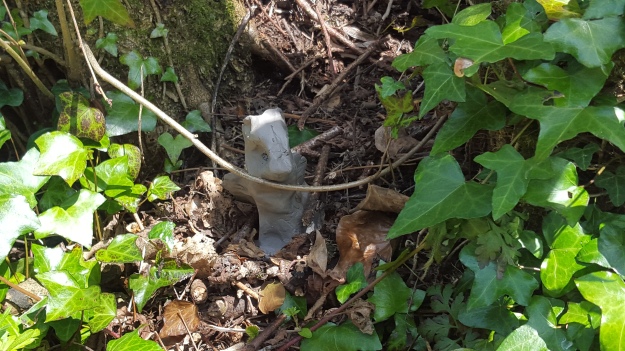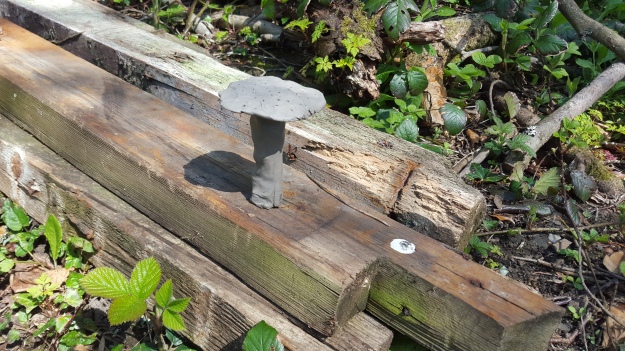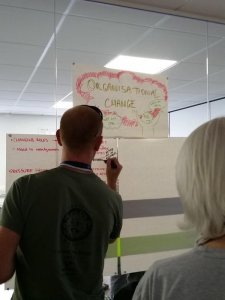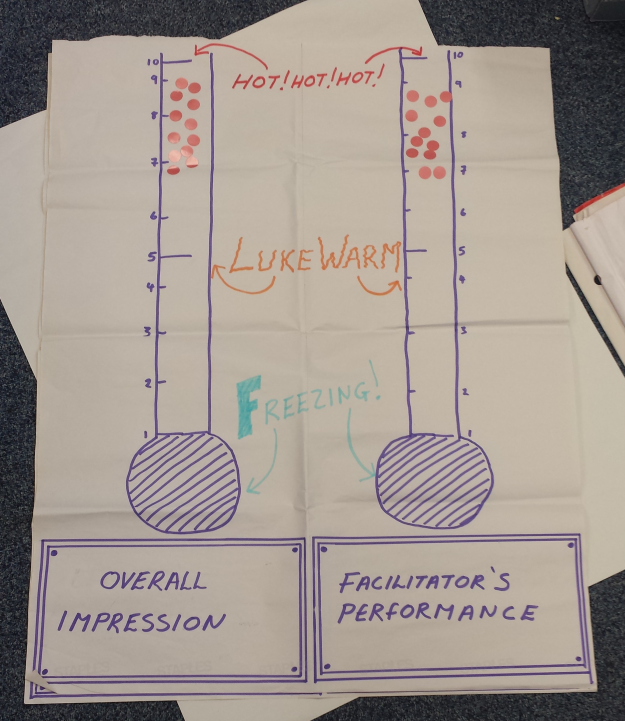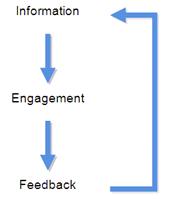Re-blogged from WCVA
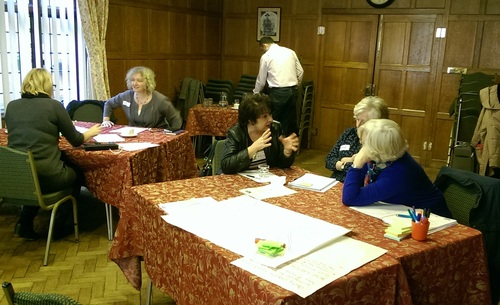
In addition to training and bespoke support the Communities First Support Service is offering an increasing number of people in the CF workforce the opportunity to learn from each other via our Outcome Learning Groups (OLGAs). These are based on the methodology of Action Learning. Here, Jane Lewes from The Learning Consultancy, who is working with the CF Support Service to develop the framework for this peer learning, explains the ‘rules’ of Action Learning.
Action Learning is being used increasingly frequently as a tool to help community groups to work through some of the issues they have to tackle on a daily basis. The kinds of issues or “knotty problems” may cover just about anything; they can be irritating, frustrating and even the source of genuine distress. Whatever the nature of the problem, one characteristic they all share is that others will almost certainly have experienced the same, or a similar, problem.
So, how does Action Learning help to unblock problems and break through barriers?
The technique of Action Learning is a remarkably simple and effective way of supporting an individual to work through a real and current problem, leading to new insights and, ultimately, solutions. The technique is simple because all it requires is a group of people (round about 6-8) who agree to follow the “rules” which are few but essential for success. These are:
Trust: When a group of colleagues agree to meet as an Action Learning Set (ALS), there needs to be a strong basis of trust – trust in one another and trust in the process. One of the cornerstones of trust is the commitment to confidentiality. An absence of trust will almost certainly cause the ALS to implode and could lead to further damage.
Clarity of role: There are 3 roles in the Action Learning scenario:
- The Presenter – the individual who shares her/his issue or problem
- The Supporters – the other members of the Set whose job is to listen intently and ask insightful and powerful questions about aspects of the issue
- The Facilitator – the individual who acts as a “benign referee”, ensuring the entire Set keeps to the rules of the process
The Process: A typical Action Learning Set will run something like this:
- The Set meets in a venue where they will be assured of privacy;
- The Facilitator reminds the Set about the “rules of engagement”, management of time, commitment to confidentiality, the requirement to listen with empathy, suspend judgement and give total focus to the Presenter;
- The Supporters listen – listen, not to reply, but to understand;
- The Presenter speaks for about 6-10 minutes;
- The Facilitator opens the floor for the Supporters to pose questions to the Presenter, but NOT to give advice or provide possible solutions!
- When the questions have dried up, the Presenter sums up the situation, identifying any new insights and actions they will take before the next session;
- The session ends with the Facilitator running an evaluation about the session’s overall effectiveness;
- The length of the session will vary, depending on agreement among the Set
Quality of the questions: The ability to ask powerful questions is essential for an ALS to work. Questions should be designed to help the Presenter identify some new aspect or angle – something that hadn’t previously occurred to them. Questions should be open and focus on the positive, with the tacit assumption that there IS a solution to the problem. The quality of Supporter questions is the key ingredient for effective Action Learning.
Outcomes: The aim of Action Learning is to help individuals identify actions they could take to solve a problem or resolve an issue. Each session should begin with an update from the previous Presenter, sharing what has happened as a result of the actions to which they committed at the last Session. It provides a real boost to the dynamic of the Set to hear about positive outcomes.
Motivation: When a Learning Set first assembles, members agree to commit to a defined process – regular attendance, adherence to the process, total engagement, confidentiality and so on. As time goes on, if individuals ignore these commitments the level of motivation will diminish and the Set will lose its effectiveness. Motivation to participate is essential as it acts as a spark that ignites energy to “fire and inspire” the work of the Set.
Here is what a couple of OLGA members have said about their initial experiences of Action Learning:
“It was very thought provoking and made me take a good look at myself and the other Cluster Managers. It also made me feel worried about all of us – I suppose a bit scary. It was a bit like a light bulb moment and realising we have the same issues and problems to deal with. This is something we can now work on to achieve and support each other with.”
“What I brought back from the session is to look for the positives in any situation as you can nearly also find something to positive to build on.”
“I thought the whole afternoon was brilliant. Not knowing what to expect, my first experience of a learning set under the facilitator’s guidance was really worthwhile and the issues it raised have stayed with me since and I’ve actually spent some time addressing these. I have found myself reflecting on the whole experience in the weeks that have already passed and am looking forward to the next one.”
If you would like to learn more about how Action Learning could be of use in your role as a member of an OLGA, please contact the CF Support Service on help@wcva.org.uk or 0800 587 8898.
Participation Cymru offers a facilitation service for action learning sets that helps to set up a set and facilitate initial meetings as well as monitor and evaluate Action Learning. Would you like to enhance your learning by being able to reflect with colleagues on current work issues? Visit our website for more information.
